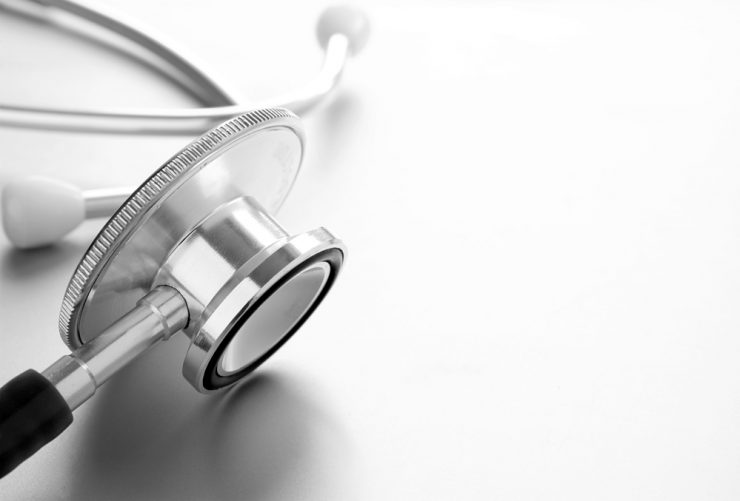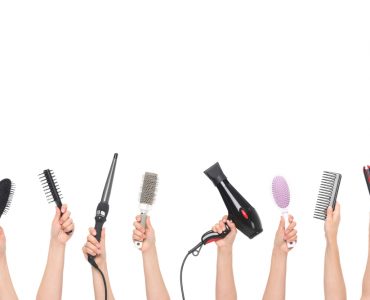Cradle cap is a condition where young babies develop yellowish, greasy scaly patches on their scalp. This generally does not cause any kind of discomfort or itching. Babies get affected with this during the first three months and it lasts for a few weeks to months. The scaly patches lasts for about two years but in some cases may continue for a longer time.
Symptoms
The signs and symptoms that develop for children affected with cradle cap are as follows
-Redness in the area affected with cradle cap
-Scaly patches that are yellow and greasy appearing on the scalp
-Yellow crusts
-Scales and flakes on the scalp
The child may suffer from hair loss when these patches fall off or are removed. If the scaly patches grow it should not be scratched or picked. Cradle cap generally develops on the scalp but may spread behind the ears. This can also infect other parts of the body like the nose, armpits or back of knees. This condition is called seborrhoea eczema or dermatitis.
Causes of cradle cap
Till now the cause for cradle cap is not clear but it is believed that it takes place due to overactive sebaceous glands. These gland produce oil called sebum in the skin. Some babies retain the hormones of their mother for several weeks to months after it is born. These glands make the hormones more active leading to more production of sebum. The old skin cells generally dry up and fall off but when there is excessive sebum, it causes the cells to stick to the scalp not allowing it to fall and thus leads to cradle cap. This condition is not contagious and may develop for a healthy baby also. Babies suffering from cradle cap have a family history of allergy type conditions like eczema and asthma. A baby having cradle cap are seen to suffer with seborrhoeic dermatitis like dandruff when they grow older.
Treatment
No specific treatment is required for cradle cap because it generally clears off by its own. Cradle cap can be prevented from spreading and building up of scalp by gently washing the child’s hair. A small amount of olive oil, baby oil or petroleum jelly can be massaged into the baby’s scalp at night. This helps to loosen the crust developed on the scalp. The hair should be gently combed with a soft baby brush or rubbed with a soft cloth to remove the loose particles. The hair should then be washed using a mild baby shampoo. The shampoos containing groundnut oil or peanut oil should not be used for children below the age of 5.A mild shampoo may be used if other methods fail to improve the condition. One must be careful while using shampoo as these are stronger than baby shampoo. If the cradle cap develops an inflammation or is infected it can be cured using antibiotic or antifungal cream prescribed by the doctor. A mild steroid cream may be prescribed for an inflamed rash. If there is no improvement with the treatments prescribed or the baby develops seborrhoeic dermatitis on the body or face, one must immediately consult the doctor.











